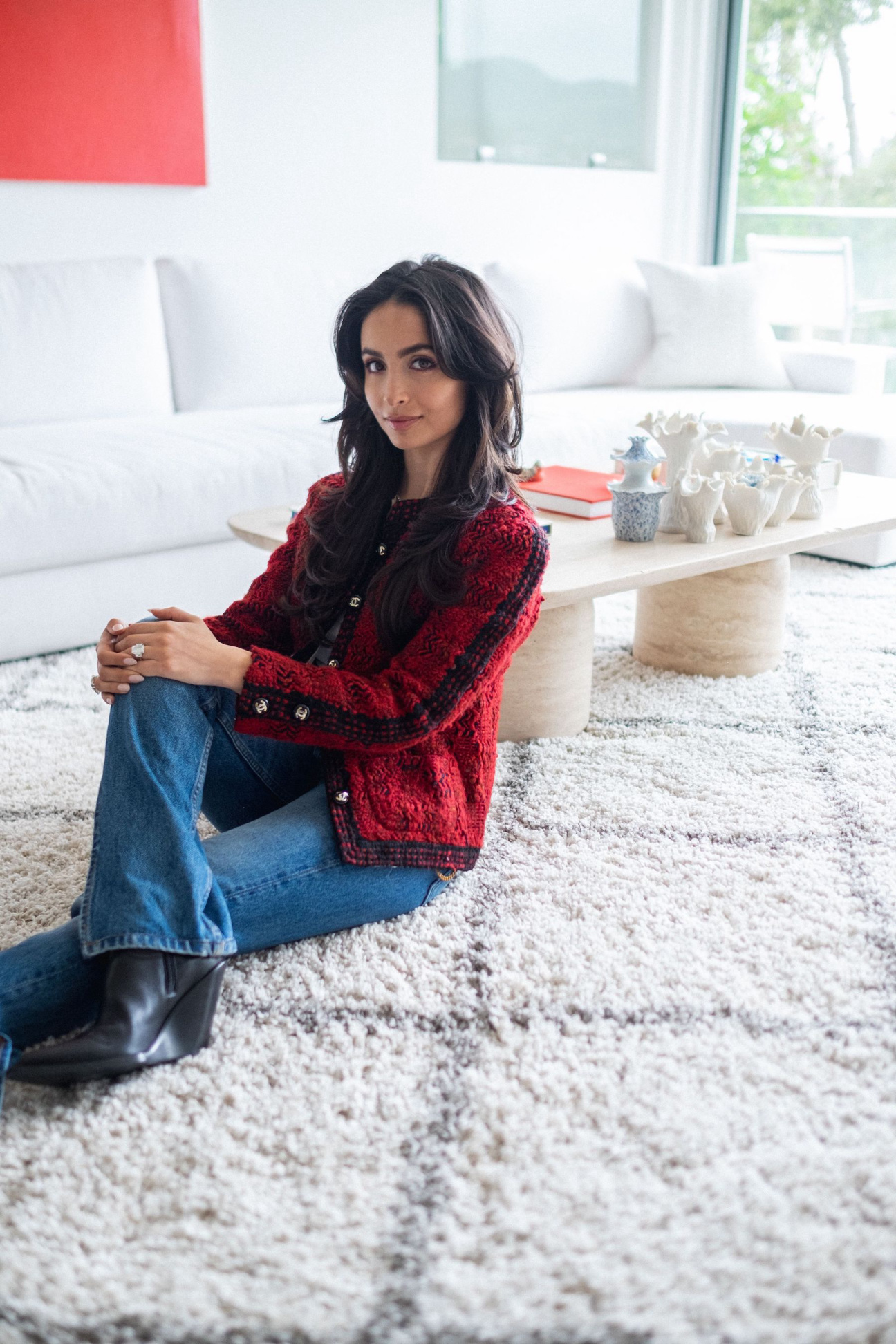
CULTURED: What is your favorite thing about the art scene in Los Angeles?
Yasmin Kazeminy: LA has a homegrown feel to it. The pace and pulse of the art scene here feels less pressured and more steady than the sporadic nature of more fair-centric cities. There’s a familiarity that’s almost familial also. I think LA’s casual nature lends itself to that.
CULTURED: Where does the story of your personal collection begin?
Kazeminy: My story begins at home, where I was inherently inspired by the collectors within my family who were unwavering in their devotion to both art and artists. My aunt Nazie Eftekhari was on the board of the Walker Art Center for 16 years. “Contemporary art is not a problem to be solved but rather a mystery to be enjoyed,” is something she's always said, which translated into prioritizing playfulness and curiosity as core beliefs within my personal collection.
My maternal cousins’ grandmother is Iran’s last queen, Farah Pahlavi, an internationally recognized visionary in the art world. Her iconic legacy, commitment, and contributions are seen at Tehran MoCA, the first museum of contemporary art in Iran, and the greater Middle East. Being raised around such devoted female collectors helped me understand the cultural and personal value of filling your life with a love of art and the art you love.
My paternal grandparents have an extensive collection including works by [Pablo] Picasso, [Vincent] van Gogh, [Pierre-Auguste] Renoir, [Henri] Matisse, and Rembrandt. My grandpa buys what he loves and finds sentiment in. He has always impressed upon me that it’s most important to do what you love and are passionate about in life. So when it came to art, if he didn’t love it, he didn’t buy it.
The privilege of growing up with that caliber of art definitely shaped my appreciation and eye in a unique way and enriched my life immeasurably. It also made me cognizant that this level of collecting is for most a completely unattainable dream. It was through that obvious realization that I discovered the joyful world of emerging art.
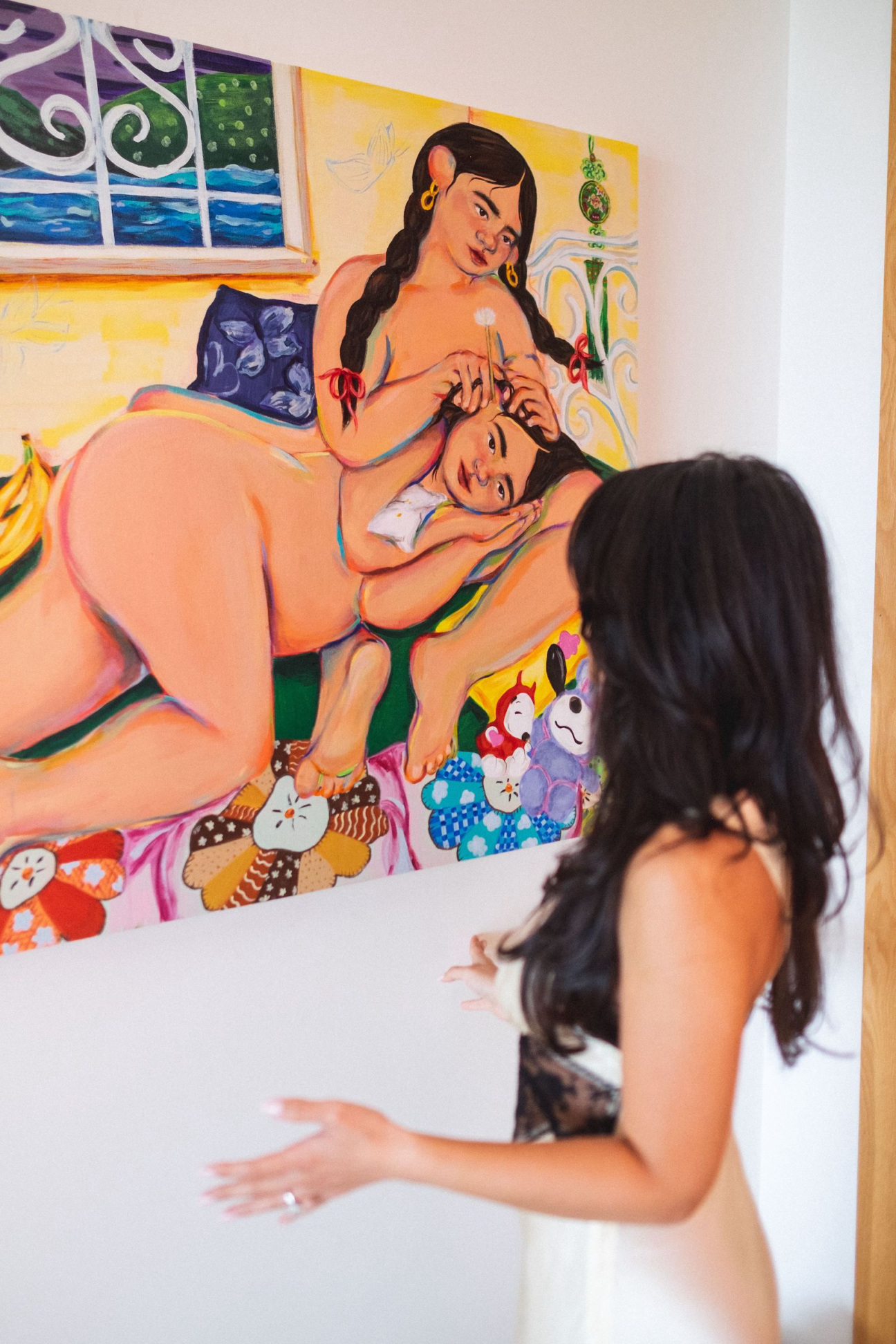
CULTURED: How would you characterize your collection?
Kazeminy: My budding collection focuses predominantly on younger, contemporary, often female-identifying artists from very diverse backgrounds. Both of my parents are immigrants. My mom came to the U.S. during the Iranian revolution. Her life experience was the impetus for my focus on artists from diverse and often marginalized backgrounds. With a second possible Iranian revolution in my family’s lifetime playing out now, it is more important than ever to support women artists in their creative endeavors. In many oppressive cultures, art is the only avenue for free expression and a refuge from brutal realities. As such, one result of my family’s influence on me has been a commitment to support and nurture, to the extent I can, the art and artists of my times.
CULTURED: What is the first piece you ever bought?
Kazeminy: Asif Hoque’s Loverboy and The Eye of the Tiger, 2021, at the Armory. The following day I went to Balthazar where I met Asif for lunch with Bill Powers, who introduced us. We hit it off over fries, and I found that the elements that initially drew me to his work were rooted in common ground between us. Asif is a Bangladeshi immigrant who grew up in Rome before moving to the U.S. He marries his history with his culture by painting people of diverse backgrounds that have historically been left out of Western art, in the classical style he saw growing up. He portrays Brown subjects as heroes and angels, elegantly and subtly as if they’ve been playing that role all along.
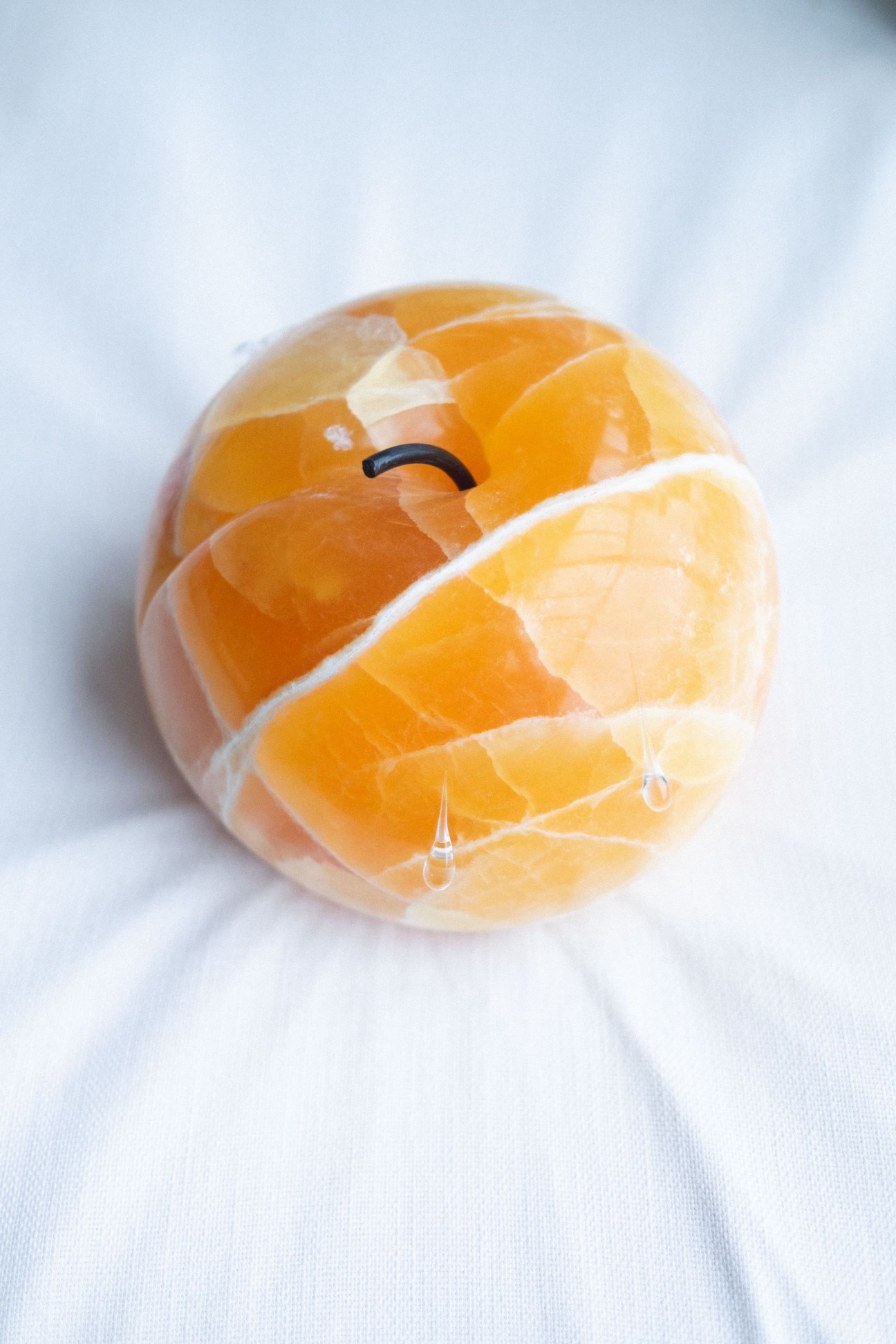

CULTURED: Which work or works provokes the most conversation from visitors?
Kazeminy: From what I currently have hanging, the Hiba Schahbaz portrait. It’s the first work guests see when they enter my home, starting the collection out on a very strong feminine note. I met Hiba by happenstance, but was taken by her angelic energy and how her process and materials are so rooted in her South Asian background. I love how her work is unapologetically yet gently feminine.
Another crowd pleaser is Wet Chord, 2022, which I had commissioned by Nevine Mahmoud, a Lebanese, LA-based artist. I’m totally obsessed with everything she does, creating stunning feminine shapes out of the strongest, toughest materials. My particular work is made out of orange calcite. Fruit is such a cornerstone of my Persian culture, so enjoying this beautiful peach in its gorgeous natural color, while also appreciating her nod to the feminine form, feels right.
It’s of paramount importance to me to promote young artists by ensuring their voices are heard contemporaneously and their works join the public collections alongside the most prominent and well recognized artists of every era. I hope I can continue to do my small part in further democratizing a world that can at times be quite exclusive, intimidating and out of reach.
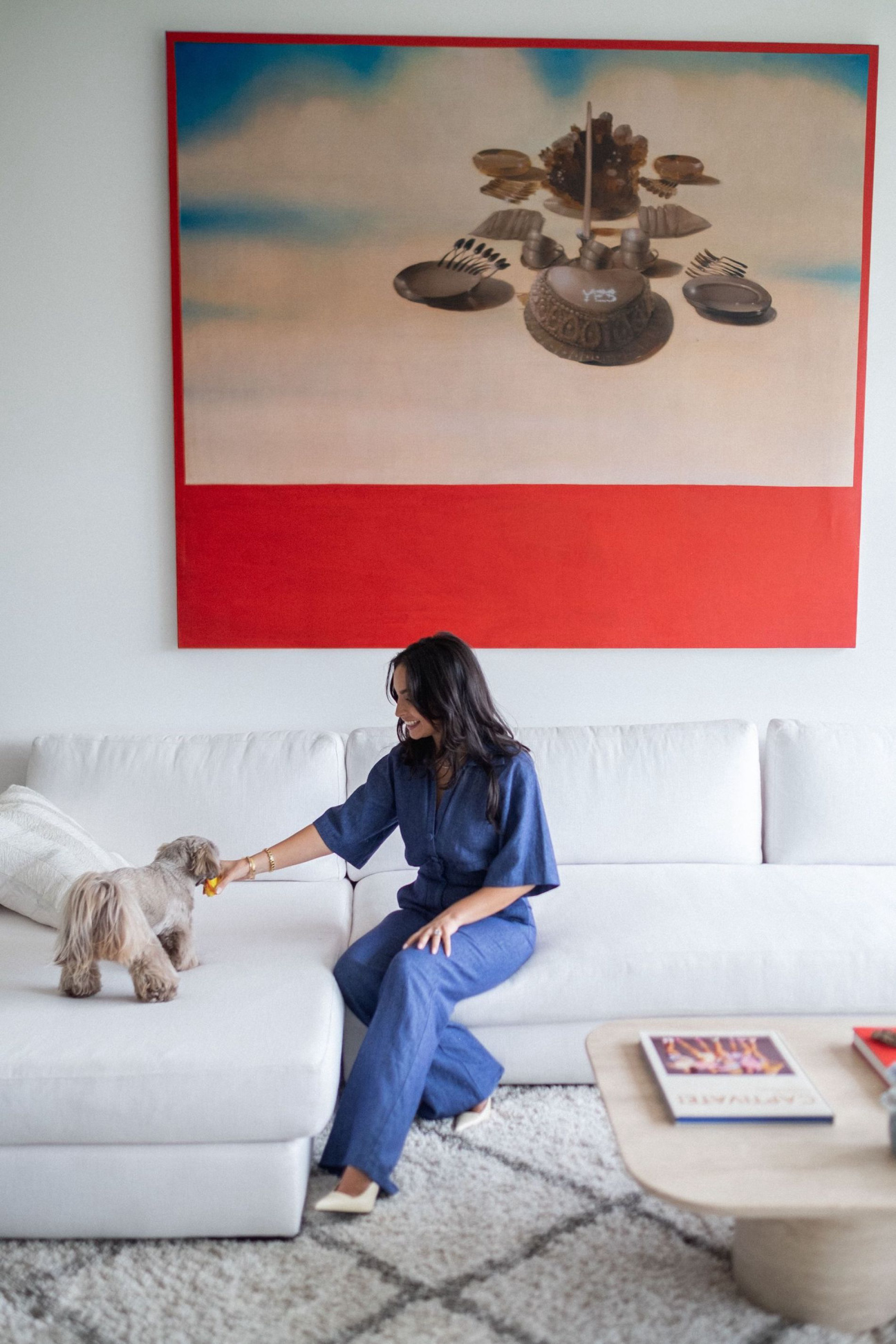
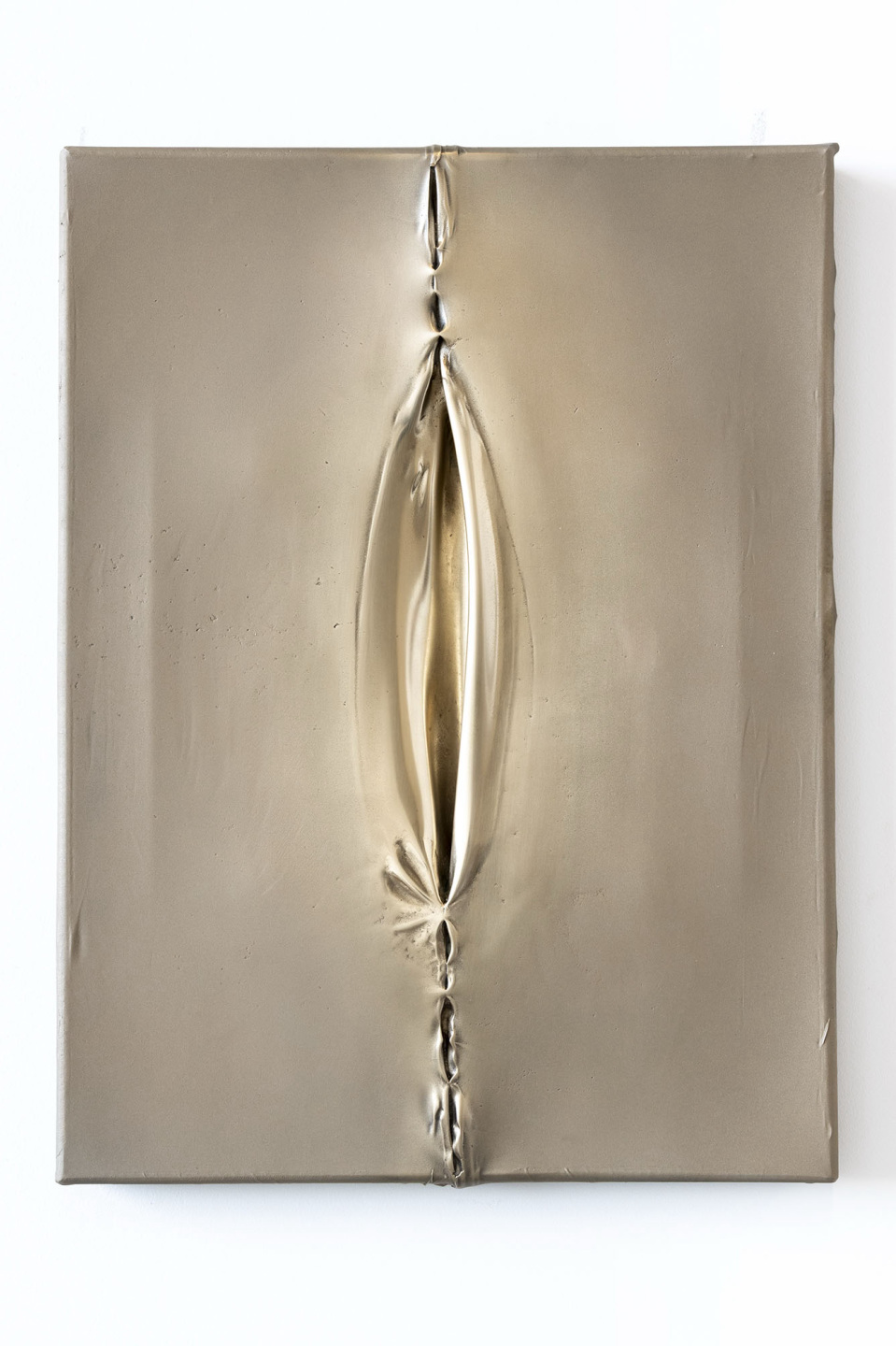
CULTURED: Do you have any favorites in your collection?
Kazeminy: Favorites would be too long of a list. But I do get very excited when new works come in, so I’ll tell you what’s new and thrilling to me at the moment. Today my Eli Ping arrived, and I cannot wait to see it in person. Eli’s work is inspired by the slit that exists between life and death. I learned this after acquiring the work which to me seemed more vulva-inspired. But I guess in its own way, that too is a slit between life and death.
I also recently received a series of Se Oh’s sculptures which I adore. The delicacy and fragility of his work reflect the hardship he experienced in adolescence after being adopted from Korea and implanted in Tennessee, an expression of his longing and journey to reconnect with his Korean culture and heritage.
The other most recent work is Yes, 2023, by Rae Klein. I really love the spirit of this particular work as I believe in saying yes to life and where that leads you. It also has sentimental value to me as I met my fiancé by following that same mentality, and this is the first work I acquired since beginning our relationship. As a collector, it’s kind of rare to find an artist whose style and subject matter is both broad and varied enough for you to want a few works without them feeling repetitive or redundant. With that said, she still manages to maintain unity throughout the larger body of work.
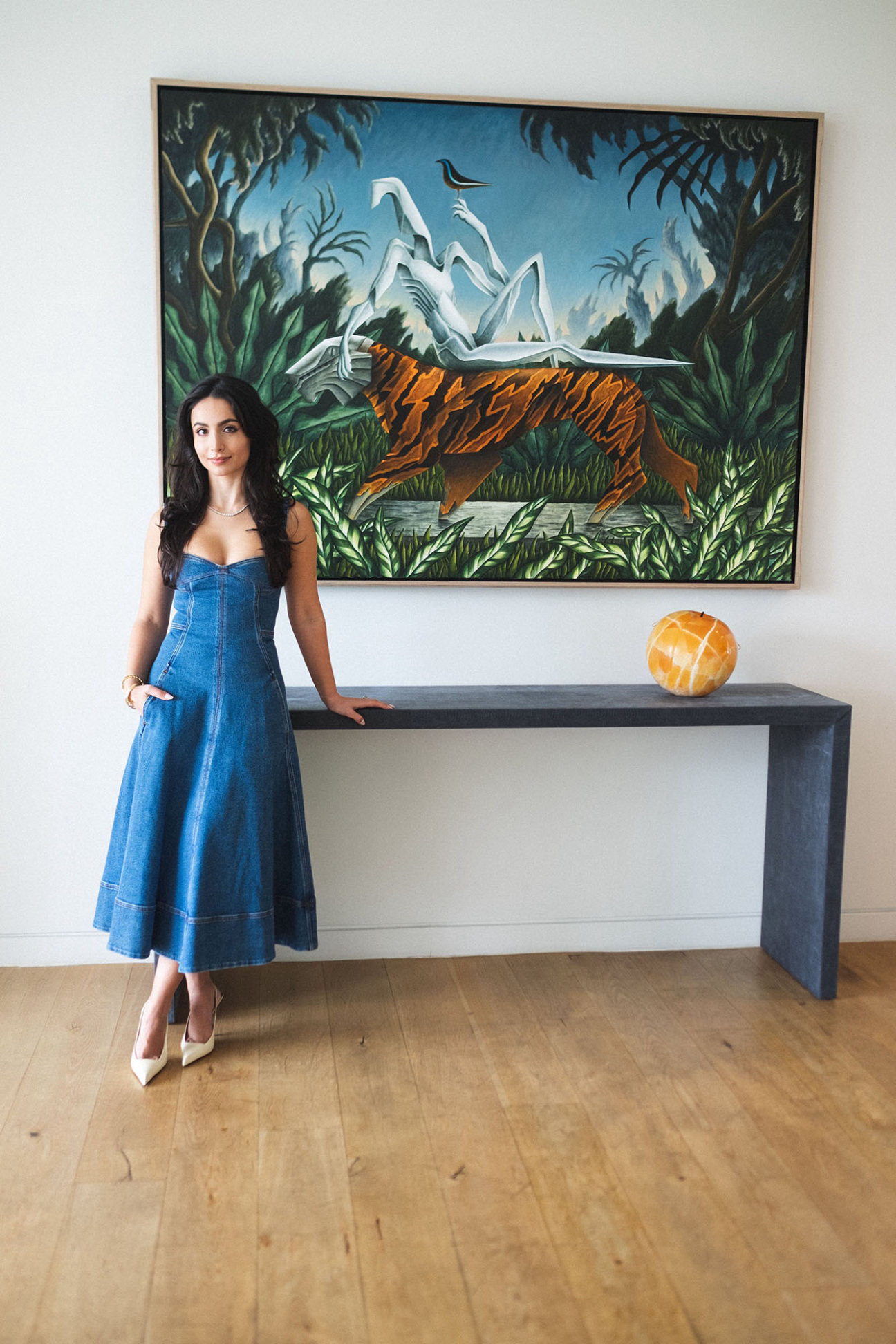
CULTURED: What was the most challenging piece in your personal collection to acquire?
Kazeminy: Alejandro Cardenas’s Hermes delivers the order of Zeus, 2022. I’d been interested in Alejandro’s work since my very first weeks of collecting, but I always got the same response from each gallery, "Not for you, we have endless waitlists, these only go to collectors with longstanding loyalty…" A lot of subtlety, but it did feel beneath that was a bit of, "You’re a 25-year-old girl. You have no business trying to get a painting like this."
What sets me apart as a collector often sets me back because I don’t look like the average collector on paper, and the art world can be judgemental. However, a fellow female took me under her wing on this one, Patricia Marshall, and worked with me to secure this work from Almine Rech in Paris. I spent my summers based in Paris growing up, so it was extra special for me to know it came from a city I grew up considering home.
CULTURED: What was your biggest influence in fostering your passion for art?
Kazeminy: My family: past, present and future. I aspire to raise my future children in a home where they are surrounded by works that will inform their minds, influence, challenge, and inspire them in the same way my family did for me. Collecting art is such a captivating and multifaceted endeavor. I always list it as one of my jobs when people ask what I do, although no one is paying me to do it. I think of it like I’m paying for a PhD in life experience, and the university is the art world.
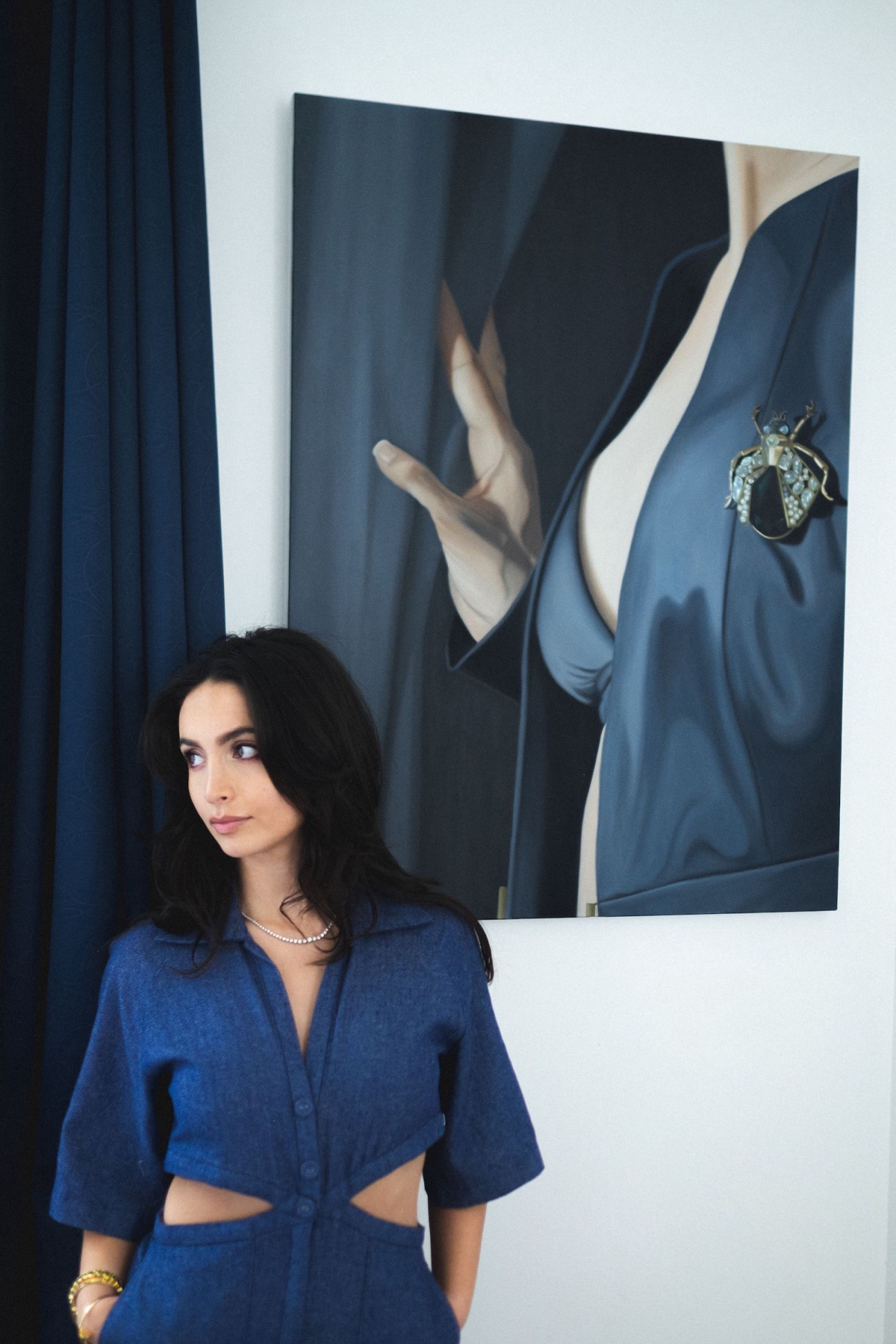
CULTURED: What feelings would you like your collection to inspire in the people who experience it?
Kazeminy: It would be nice to catch people off guard in a subtle way where at first it appears a disparate collection of works, but then you start to see the threads of diversity and femininity. I want people to think about cultures: different cultures than their own, and similar ones to their own.
I would love to inspire young girls to enter the space unabashedly if they have the ability to, in whatever capacity that might be. I would advise them to buy what they genuinely love because they love it, not because anyone told them they should. And don’t regret anything you buy as it’s all part of your story and a marker of the evolution of your taste and collection, which is really cool to see chronologically. It’s like how artists have early work and late work; collectors do too.










 in your life?
in your life?

